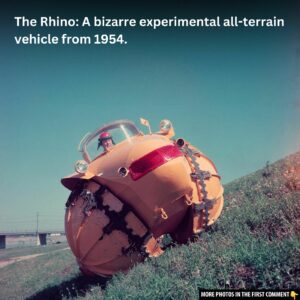In the world of classic cars, few models capture the imagination quite like the Citroën SM. Launched in 1970, this luxurious grand tourer combined French innovation with Italian engineering prowess, resulting in one of the most futuristic cars of its time. Boasting aerodynamic styling, a Maserati V6 engine, and Citroën’s signature hydropneumatic suspension, the SM was designed to challenge the likes of Jaguar, Porsche, and Ferrari.
Yet, despite its brilliance, the SM’s life was tragically short-lived, lasting only five years before fading into obscurity. So, what went wrong? And why does this unconventional masterpiece still fascinate car enthusiasts today?
The Birth of a Legend
By the late 1960s, Citroën was at the forefront of automotive innovation, having already revolutionized the industry with the DS—a car so advanced it seemed to come from another era. However, Citroën had even greater ambitions. The company wanted to build a luxury GT that would reestablish France as a dominant force in high-end motoring, much like Bugatti and Talbot-Lago had done in the pre-war years.

This new model, later named the SM, was conceived as a high-speed, long-distance cruiser that would blend the avant-garde technology of Citroën with the exotic performance of an Italian sports car. But there was a problem—Citroën lacked a suitable high-performance engine.
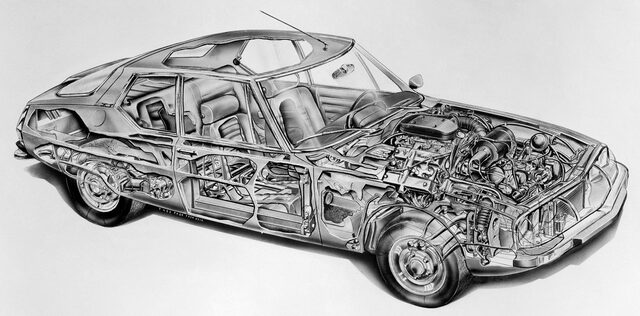
To fast-track the SM’s development, Citroën made a bold move in 1968—it purchased Maserati. The goal was clear: leverage Maserati’s expertise to develop a powerful yet compact engine. Chief Engineer Giulio Alfieri was tasked with adapting the Maserati Indy V8 into a smaller 2.7L V6, which became the beating heart of the SM.
With the mechanical foundation set, Citroën pushed forward with a radical aerodynamic design, advanced engineering, and features that were years ahead of their time.
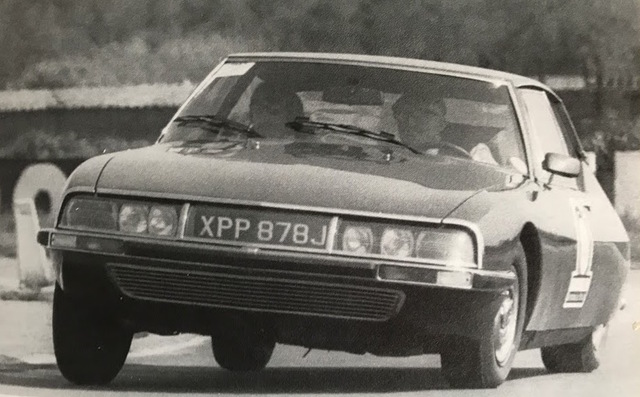
Video
Don’t miss this video on the futuristic 1972 Citroën SM featured on Jay Leno’s Garage. Watch to see why this car was ahead of its time!
Revolutionary Engineering and Design

A Masterpiece of Automotive Innovation
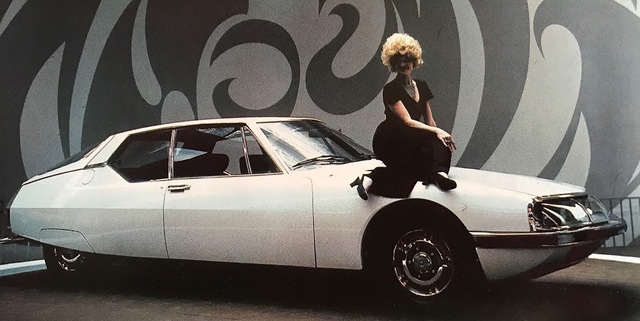
The Citroën SM wasn’t just about speed—it was a bold showcase of cutting-edge technology:
- Hydropneumatic Suspension – Adapted from the DS, this system automatically adjusted ride height, ensuring a smooth ride across any terrain.
- DIRAVI Steering – A revolutionary power-steering system that self-centered the wheels and adjusted effort based on speed, making high-speed driving effortless.
- Aerodynamic Efficiency – With a sleek, teardrop-shaped body and a drag coefficient of 0.34, the SM was one of the most aerodynamic cars of its time.
- Braking System – The high-pressure disc brakes, powered by the same hydraulic system as the suspension, delivered instant stopping power.
Maserati Power Under the Hood
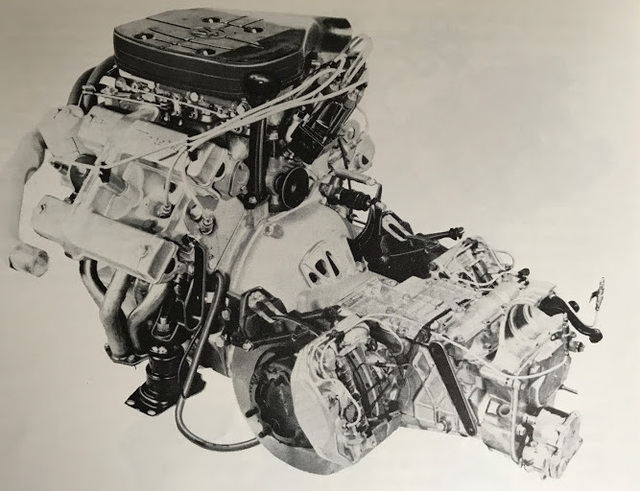
The SM’s Maserati V6 engine came in three variants:
- 2.7L (168 hp)
- 2.7L (176 hp with fuel injection)
- 3.0L (178 hp)
With a top speed of 137 mph (220 km/h), the SM became the fastest front-wheel-drive car of its era. In an extreme test, a twin-turbocharged SM even reached 202 mph (325 km/h) on the Bonneville Salt Flats—a staggering feat for a front-wheel-drive car.
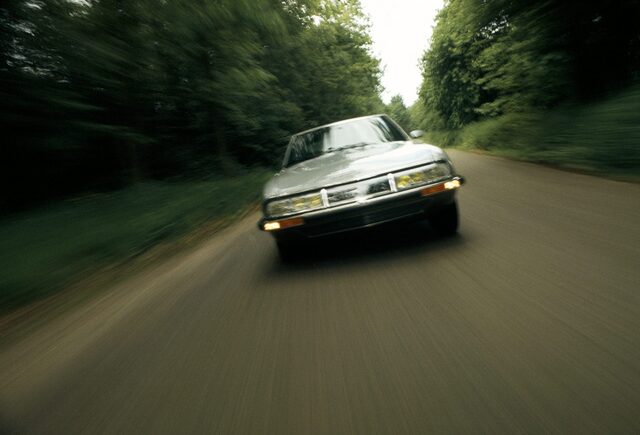
A Futuristic Design Unlike Any Other
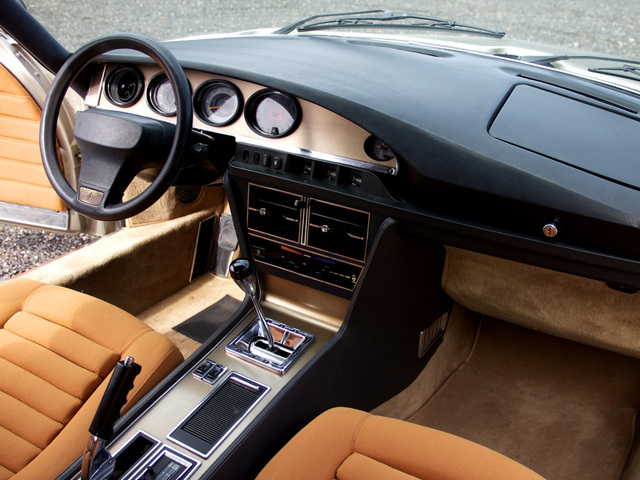
Styled by Robert Opron, the SM looked like something out of a sci-fi movie:
- A long aerodynamic nose with glass-covered headlights that swiveled with the steering (in European models).
A smooth, tapered rear end, designed for high-speed stability.
A cockpit-style interior with an oval steering wheel and uniquely shaped gauges.
Every aspect of the SM screamed futurism and luxury—yet it was built with functionality in mind.

The Citroën SM in Action
Driving an SM was unlike driving any other car of the time. The hydropneumatic suspension absorbed every bump, making the ride feel like gliding on air. Meanwhile, the DIRAVI steering made high-speed cruising effortless, allowing for precise control with minimal effort.
On the open road, the SM was a dream. Its low drag coefficient and aerodynamic shape meant it could maintain high speeds with ease, making it a perfect car for long-distance European touring.
Despite being a luxury GT, the SM also saw success in motorsport. It competed in:
- 1971 Avon Tour of Britain
Rally du Maroc
Tour de France Automobile
Its stable handling and innovative suspension gave it an edge in endurance events, though its weight made it less suitable for aggressive rallying.
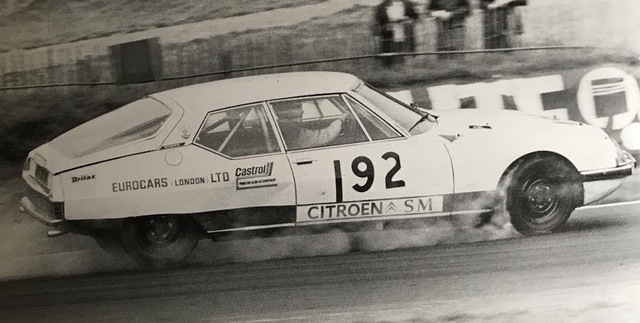
The Rise and Fall of the Citroën SM

The Citroën SM was an instant hit when it launched in 1970, receiving widespread acclaim and even winning the 1971 European Car of the Year Design Award. For a brief moment, Citroën had created the ultimate high-tech GT.
However, external factors soon led to its downfall.
The 1973 oil crisis sent fuel prices skyrocketing, drastically reducing demand for high-performance cars. At the same time, Citroën was struggling financially, leading to a Peugeot takeover in 1974. Peugeot saw the SM as an expensive, niche model—and swiftly canceled it in 1975.
By the time production ended, only 12,920 units had been built.
Legacy and Influence
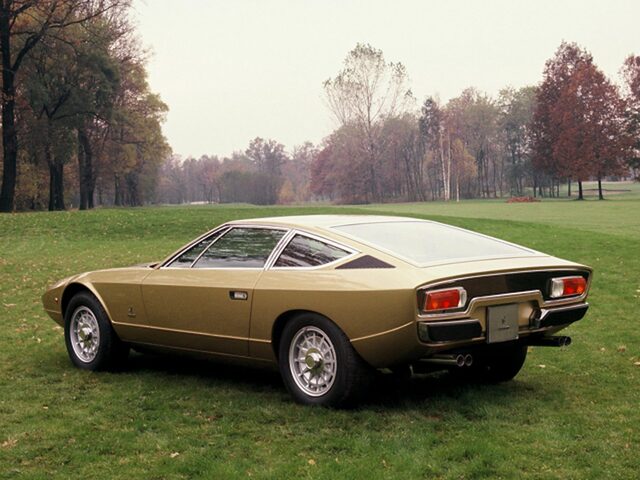
The SM’s technology influenced many future Citroën and Maserati models:
- Hydropneumatic suspension was refined in later Citroën models like the CX and XM.
DIRAVI steering was used in the Maserati Khamsin.
The Maserati V6 engine was adapted for the Maserati Merak and Quattroporte II.
Today, the Citroën SM is a highly sought-after collector’s car. While its complex mechanics make restoration a challenge, enthusiasts still adore its timeless design and innovative engineering. Well-preserved examples now sell for $60,000–$120,000, depending on condition.
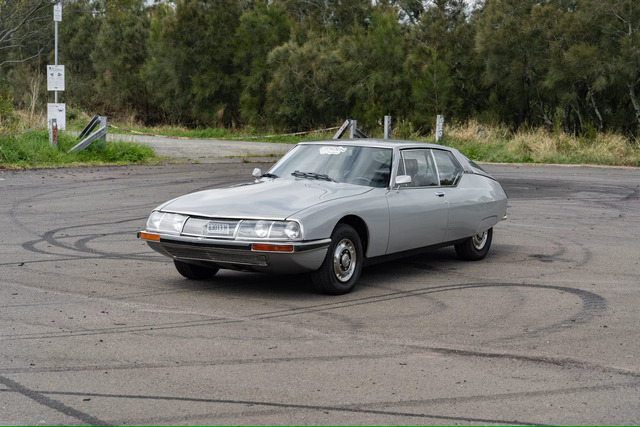
Explore more photos of the Citroën SM

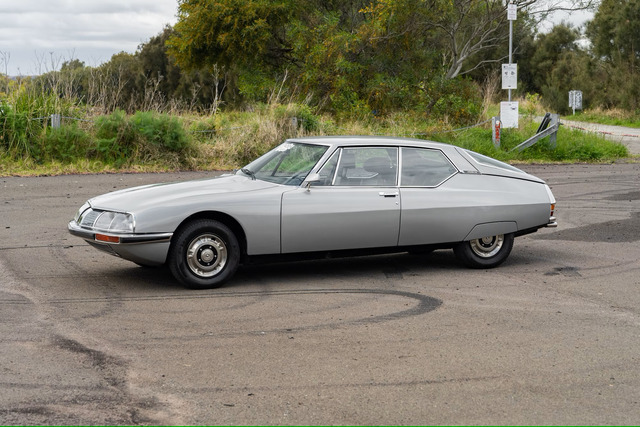

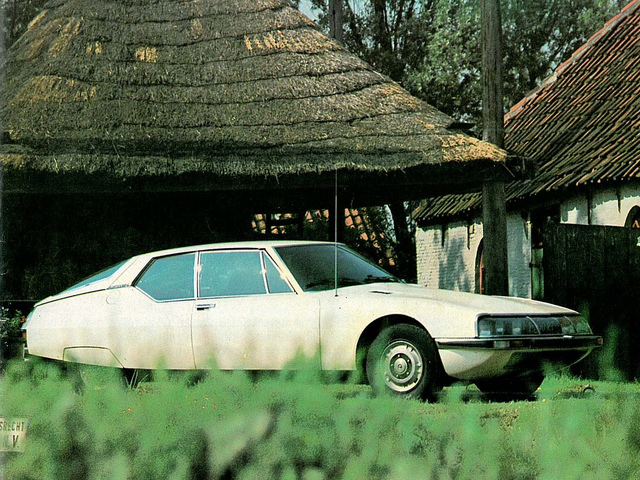
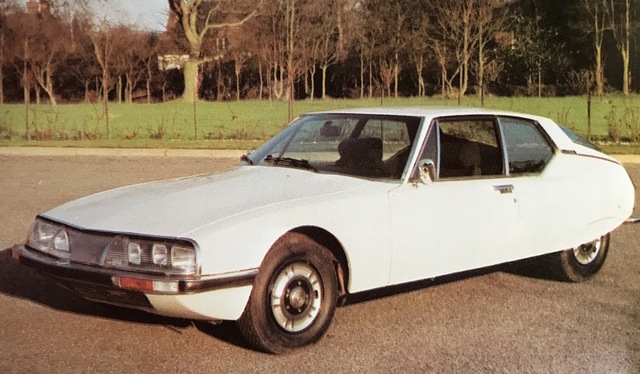
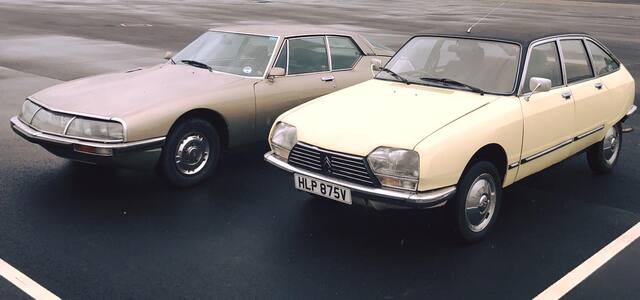


Conclusion: A Timeless Masterpiece
The Citroën SM was more than just a car—it was a statement of innovation and ambition. While it may have been too advanced for its time, it remains one of the most extraordinary GTs ever built.
Though production ended decades ago, the SM still turns heads and sparks conversations, proving that true innovation never fades.
For those lucky enough to experience one, the Citroën SM isn’t just a classic—it’s a piece of automotive history.
Video
Check out this video on how the Citroën Maserati SM could have made Citroën a world leader, but instead led to its downfall. Watch and discover the story behind this iconic car!



